Do you love the look of your favorite pair of suede boots, but can’t seem to keep them looking pristine? Salt damage – whether from snowmelt or sandy beaches – can turn a stylish shoe into an eyesore in no time at all. If your beloved suede has been compromised, don’t worry – there are ways to reverse the damage and restore your shoes to their former glory!
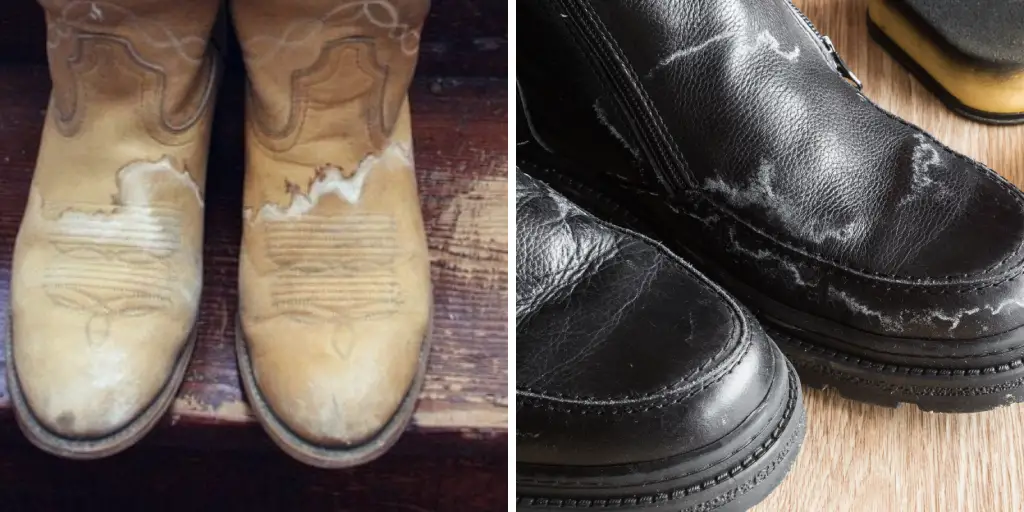
In this article, we will show you how to clean salt off suede boots with easy-to-follow steps and helpful tips. Keep reading for everything you need to know about keeping those sueded fabrics looking like new!
What is Suede?
Suede is a type of leather with a soft, napped texture. It is typically made from the underside of animal skin, which is sanded and brushed to create its distinctive look and feel. Suede can be used to make shoes, bags, jackets, and other clothing items.
Why Salt Damages Suede
Salt can cause extensive damage to suede because it absorbs moisture and can leave behind a white, crusty residue. When salt comes into contact with suede, it draws out the natural oils that keep the fabric soft and supple. As these oils are depleted, the suede becomes dry and brittle, making it more susceptible to damage.
Needed Materials
To clean salt off suede boots, you will need the following materials:
- A Soft-bristled Brush or Toothbrush
- White Vinegar
- Distilled Water
- Clean Cloths or Towels
- Suede Protector Spray (Optional)
11 Step-by-step Guidelines on How to Clean Salt Off Suede Boots
Step 1: Prepare Your Work Area
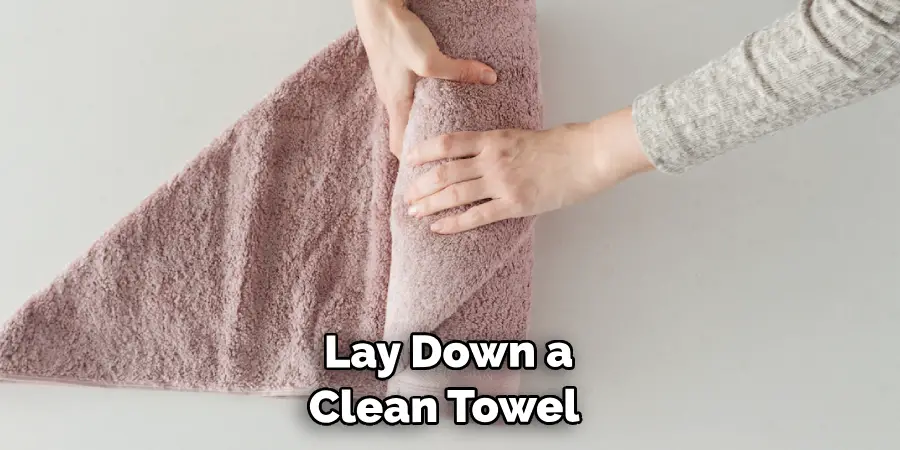
Before you begin, make sure to lay down a clean towel or cloth to protect your work surface. This will help prevent any messes and keep your boots from getting dirty again during the cleaning process.
It’s also a good idea to work near a sink for easy access to water. It’s important to note that suede should never be submerged in water, so keep this in mind when choosing your work area. But don’t worry, we’ll show you how to properly clean your boots without any water damage!
Step 2: Remove Excess Salt
Using your soft-bristled brush or toothbrush, gently brush off any excess salt from the surface of your boots. Be sure to do this carefully to avoid spreading the salt around and causing more damage. If the salt is particularly stubborn, you can use a damp cloth to gently wipe it away. You can also use a suede eraser to remove any remaining salt particles. It’s important to be gentle with suede, as it can easily become damaged.
Step 3: Prepare the Cleaning Solution
In a small bowl, mix equal parts white vinegar and distilled water. The acidity in the vinegar will help dissolve the salt residue without damaging the suede fabric. It’s important to use distilled water as tap water can contain minerals that may further damage the suede. This cleaning solution can also be used to remove any dirt or stains on your suede boots. But for now, we’re focusing on removing that pesky salt!
Step 4: Test the Solution
Before applying the cleaning solution to your entire boot, it’s important to test it on a small, inconspicuous area first. This will ensure that the solution does not cause any discoloration or damage to your boots. You can test it on the inside of the boot or on a hidden area, such as under the tongue. It’s better to be safe than sorry!
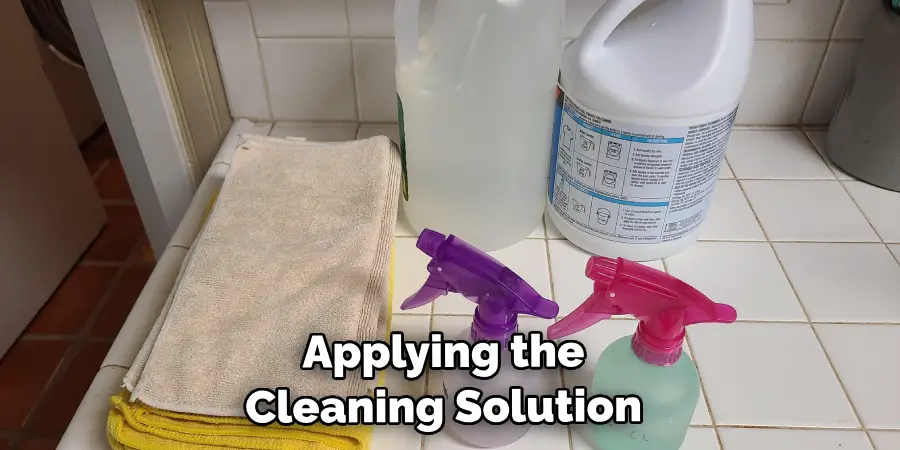
Step 5: Apply the Cleaning Solution
Using a clean cloth or sponge, dab the cleaning solution onto the affected areas of your suede boots. It’s important not to rub the solution in as this can damage the fabric. Instead, gently blot and dab until you see the salt residue start to lift. This may take a few tries depending on the severity of the salt damage. You can use a gentle circular motion to help loosen the salt, but again, avoid rubbing.
Step 6: Rinse with Distilled Water
After applying the cleaning solution, use a clean cloth dampened with distilled water to rinse off any remaining vinegar and salt residue. Be sure not to saturate the fabric – just a light dampening will do. This step is crucial as it helps to neutralize the vinegar and prevent it from causing any damage.
You can also use a clean, damp sponge to gently wipe away any excess water. However, be careful not to over-wet the suede. But don’t worry – any watermarks will disappear as the suede dries.
Step 7: Remove Excess Water
Using a dry towel or cloth, gently blot the wet areas to remove any excess water. Be sure not to rub the fabric as this can cause damage and create a rough, matted texture. It’s important to let your boots air dry completely before wearing or storing them. But don’t place them too close to a heat source as this can also damage the suede. This may take a few hours, so be patient! It’s worth the wait to have clean, salt-free boots.
Step 8: Brush the Suede
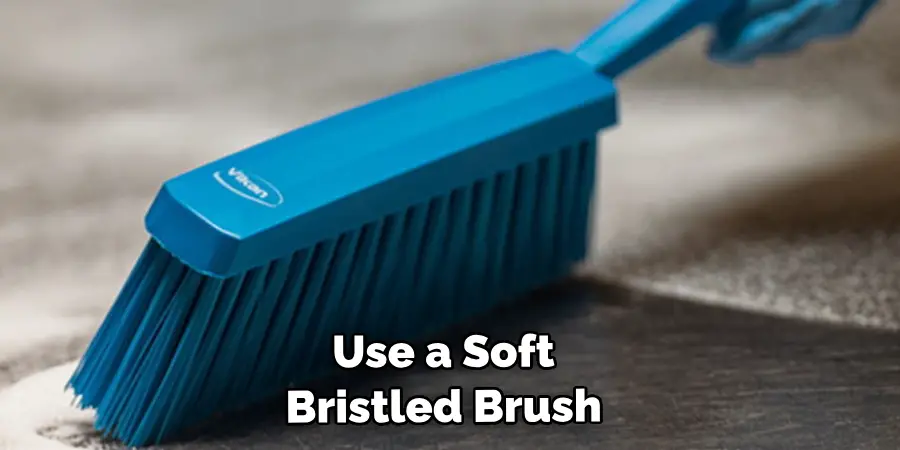
Once your boots are completely dry, use a soft-bristled brush or toothbrush to gently brush the suede in one direction. This helps to restore the nap and remove any remaining salt residue. Be sure not to over-brush as this can cause damage. You can also use a suede brush or eraser to help fluff up and restore the nap. Although this step is optional, it can help give your boots a fresh look!
Step 9: Repeat as Needed
Depending on the severity of the salt damage, you may need to repeat the above steps a few times until all of the salt is removed. It’s important not to rush this process as suede can be delicate and requires gentle care. But with patience and persistence, your boots will be looking like new in no time! You can also use a suede protector spray to help prevent future salt damage.
Step 10: Apply Suede Protector (Optional)
To help prevent future salt damage, you can apply a suede protector spray to your boots. This will create a barrier against salt and other stains, making it easier to clean them in the future. Be sure to follow the instructions on the product for best results. It’s important to note that suede protector sprays do not make your boots completely waterproof, so be sure to still take precautions when wearing them in wet or snowy conditions.
Step 11: Store Your Boots Properly
To keep your suede boots looking like new, store them properly when not in use. This means keeping them away from direct sunlight and heat sources, as well as avoiding contact with moisture or other potentially damaging elements. You can also stuff your boots with newspaper or a shoe tree to help them maintain their shape and prevent creasing in the fabric. Always keep your suede boots in a cool, dry place to ensure their longevity.
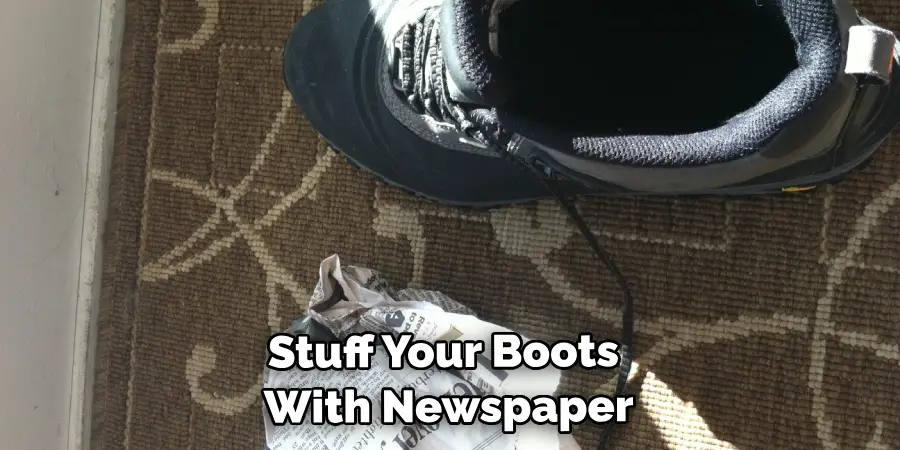
Following these steps on how to clean salt off suede boots will help you effectively clean salt off suede boots and keep them looking their best. Remember to always be gentle when handling suede and use the proper materials and techniques to avoid causing any damage. With proper care, your suede boots can last for years to come!
Do You Need to Use Professionals?
If your suede boots have extensive damage or you are unsure about cleaning them yourself, it may be best to seek professional help. Professional cleaners have experience and specialized tools to effectively clean suede without causing any damage. They also have access to commercial-grade products that may be more effective in removing tough salt stains.
However, if the salt damage is minor, the following steps should be enough to restore your boots back to their original condition. Remember, prevention is key – try to avoid wearing suede in harsh conditions and always take care of them properly afterward. This will help extend the life of your suede boots and keep them looking great for years to come!
So next time you find yourself with salt-stained suede boots, don’t panic – just follow these steps and your boots will be clean and look like new in no time. Happy cleaning! And remember, always keep those suede protector sprays handy for future use. You’ll thank yourself later! So go ahead and step out in style with your freshly cleaned and protected suede boots! The possibilities are endless. Enjoy!
How Much Could It Cost?
The cost of cleaning salt off suede boots will depend on the severity of the damage and whether you choose to do it yourself or seek professional help. If you have all the necessary materials at home, such as vinegar, distilled water, and a soft-bristled brush, then it shouldn’t cost much at all.
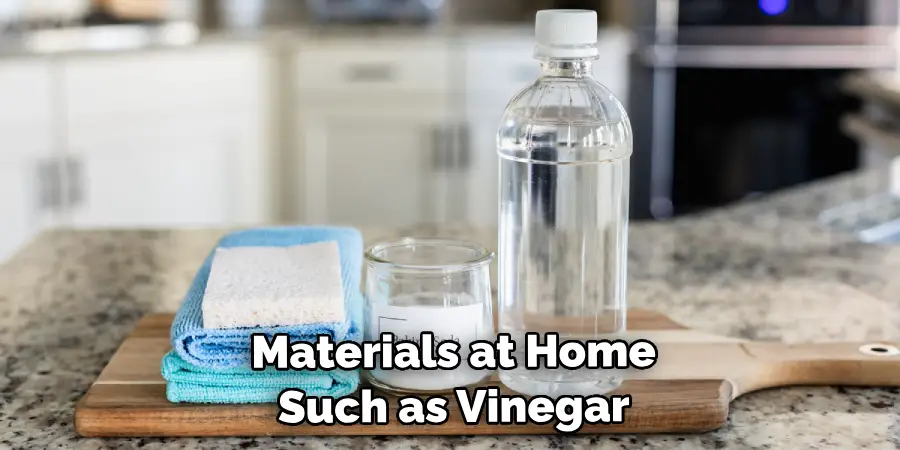
However, if you need to purchase these items or seek professional help, the cost may vary. It’s best to compare prices and options before making a decision. It’s important to invest in proper care and maintenance for your suede boots to ensure their longevity and appearance. So don’t hesitate to take the necessary steps to clean salt off suede boots – your feet (and your wallet) will thank you!
Frequently Asked Questions
Q: Can I Use Regular Water to Clean Salt Off Suede Boots?
A: It’s best to use distilled water as tap water can contain minerals that may further damage the suede fabric. It’s also important to avoid saturating the fabric with water, as this can cause damage. Stick to using a damp cloth or sponge for best results.
Q: Can I Use Vinegar on All Types of Suede?
A: Yes, the vinegar and water solution can be used on all types of suede. However, it’s always important to test the solution on a small, inconspicuous area first to ensure it does not cause any damage or discoloration.
Q: How Often Should I Clean Salt Off My Suede Boots?
A: It’s best to clean salt off your suede boots as soon as possible, especially after being exposed to harsh winter conditions. This will prevent the salt from causing long-term damage and keep your boots looking their best. However, if you wear them frequently in snowy or salty conditions, it’s recommended to clean them at least once a week.

Q: Can I Use the Same Cleaning Solution for Stains on My Suede Boots?
A: Yes, this vinegar and water solution can also be used to remove stains on your suede boots. Simply follow the same steps outlined above. However, for tougher stains, you may need to repeat the process or use a specialized suede cleaner. Again, always test on a small area first before applying to the entire boot.
Conclusion
To help your suede boots look much better and last longer, remember to wash off the salt as soon as possible. Of course, you don’t want to wear wet shoes in colder climates.
With that being said, try brushing them with a stiff bristled brush and let them air dry until they become supple again before wearing them outside. Doing so will also help remove any excess salt residue from the fibers of your boots for added sparkle and shine. And if you use a mild cleaning solution to spot-treat the leather or fabric parts of your boot, it will make all the difference between looking neat and having an old, discolored pair on your feet!
So be sure to stay vigilant when cleaning away salt from your suede boots this winter season – it may seem like a tough job at first but with patience and proper techniques, caring for your shoes can become something enjoyable that keeps all of your footwear looking stylish for years to come.

